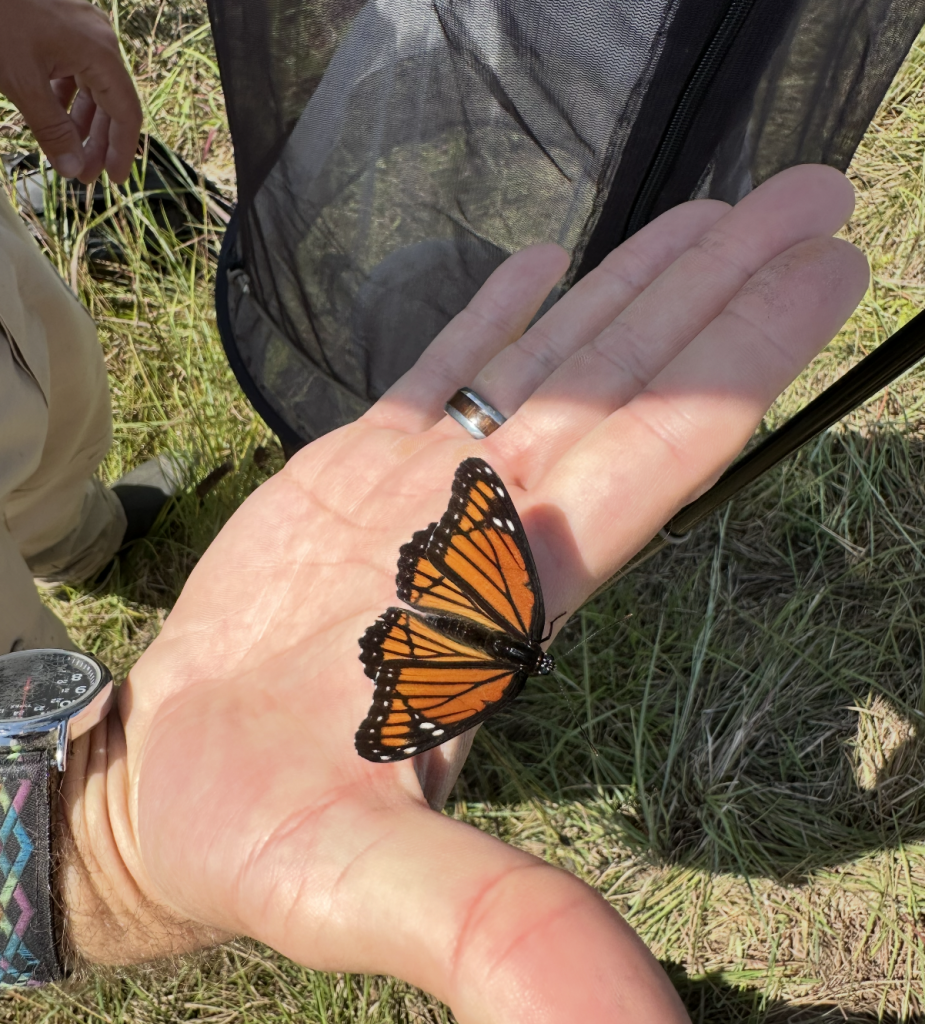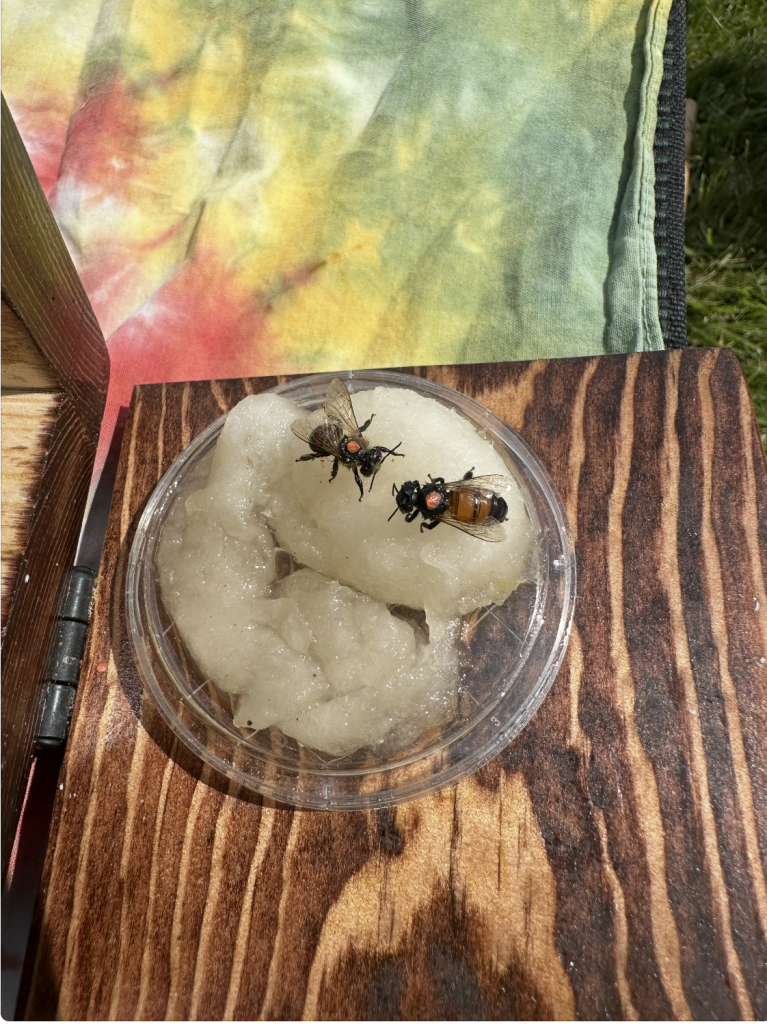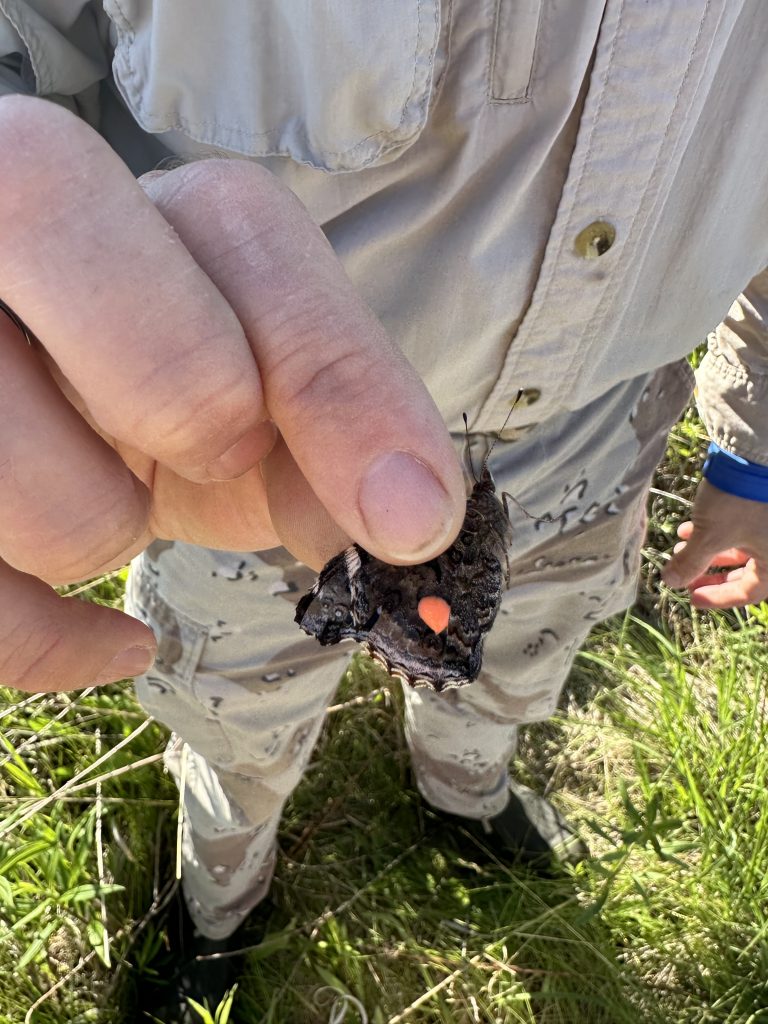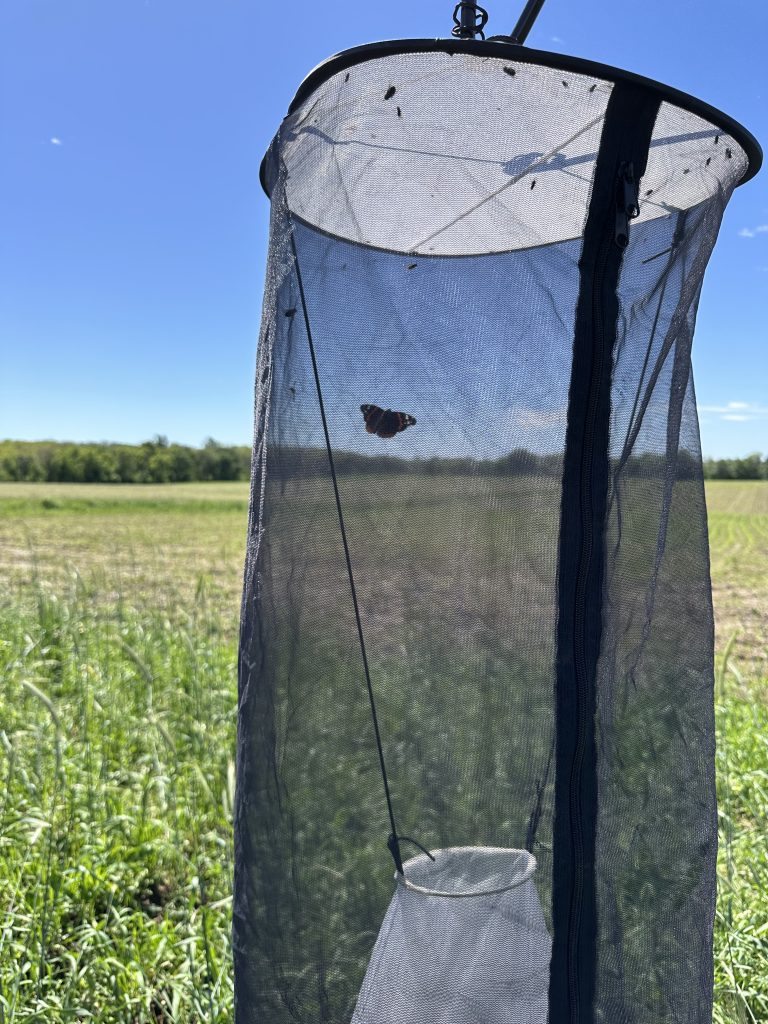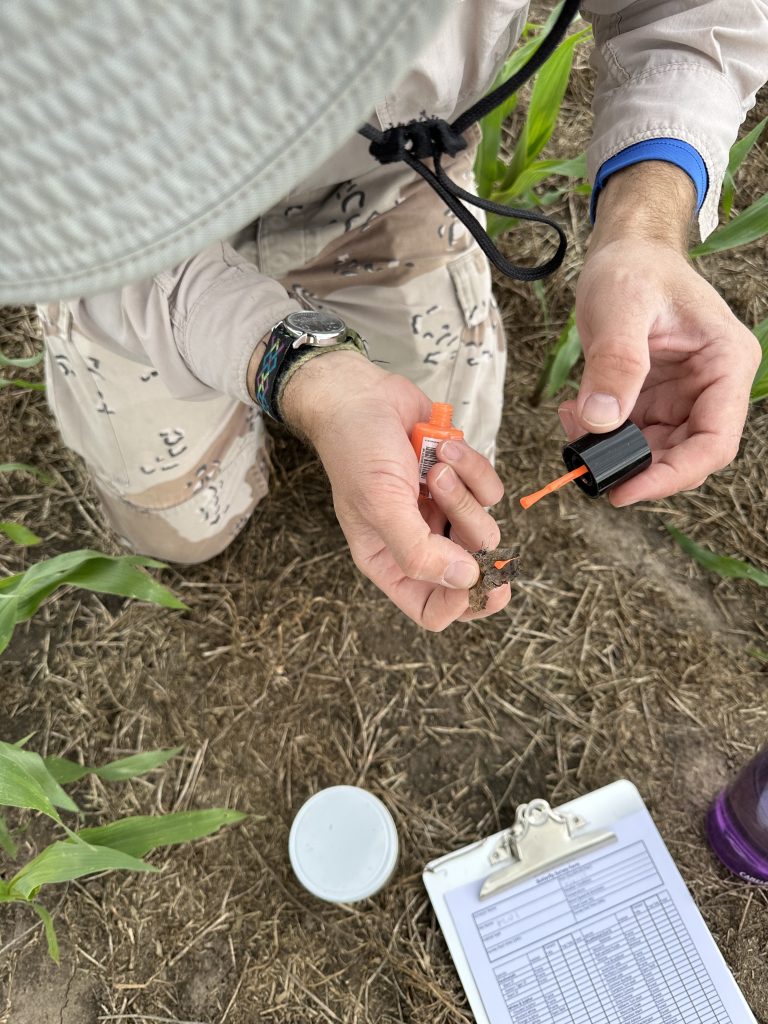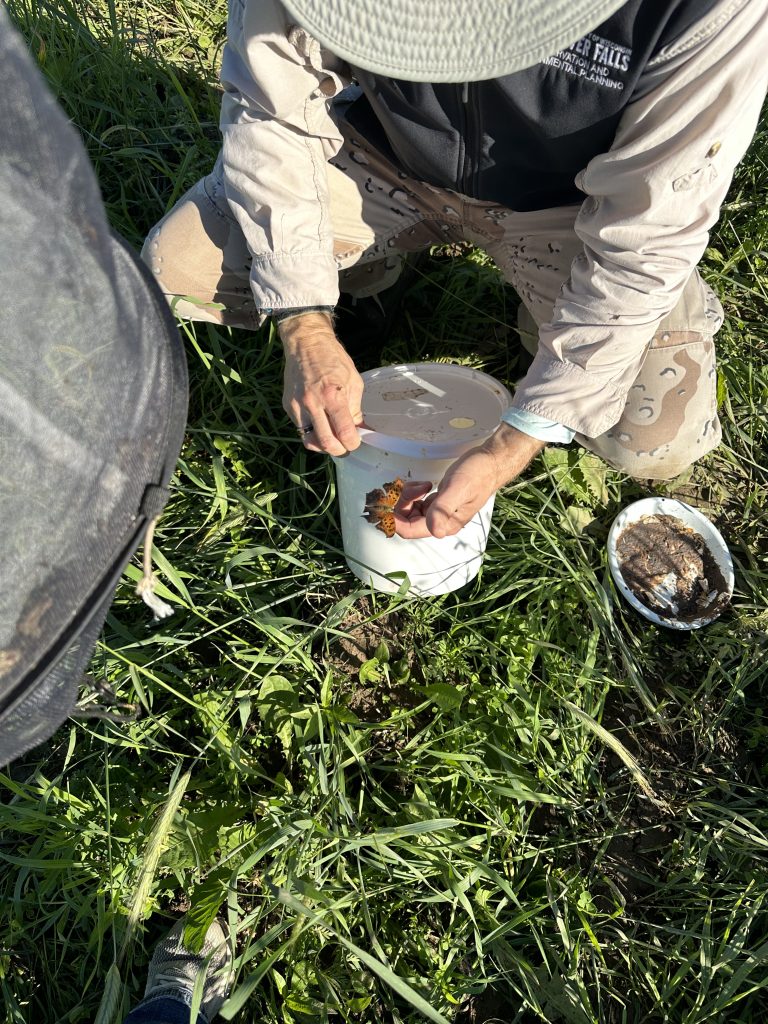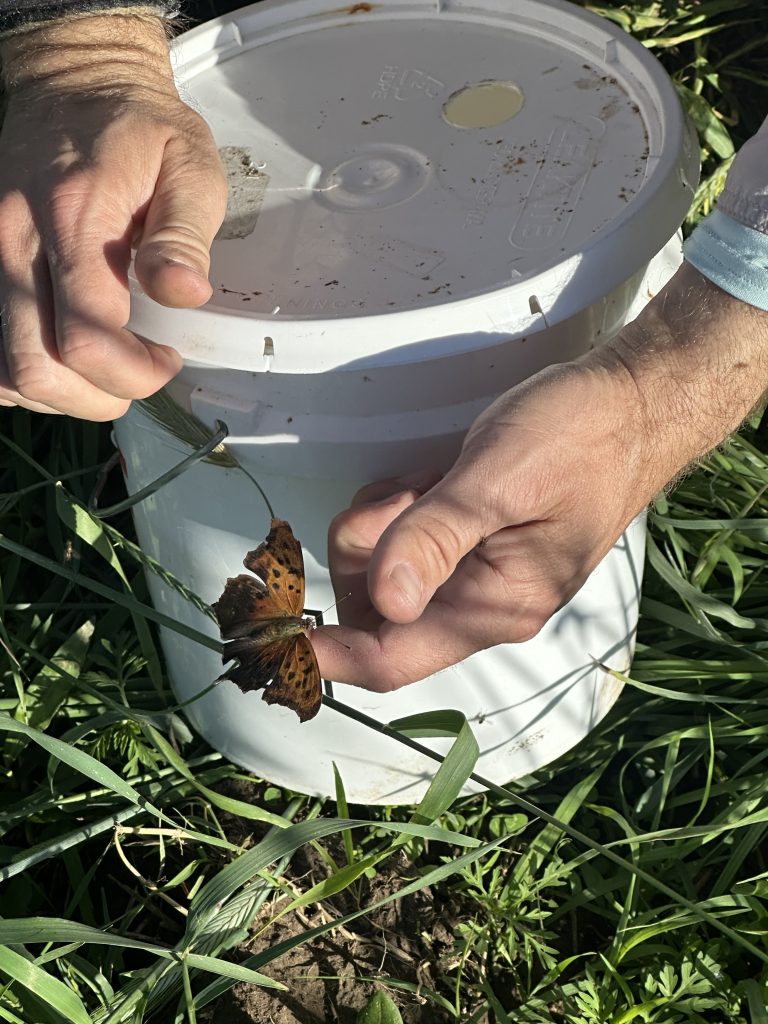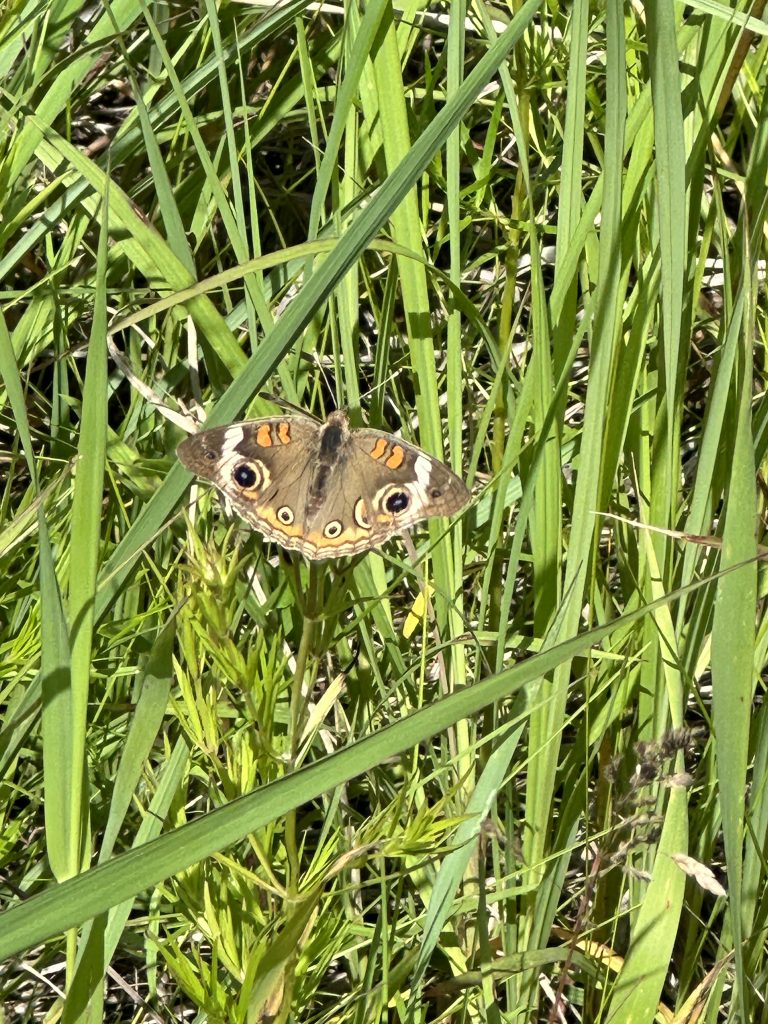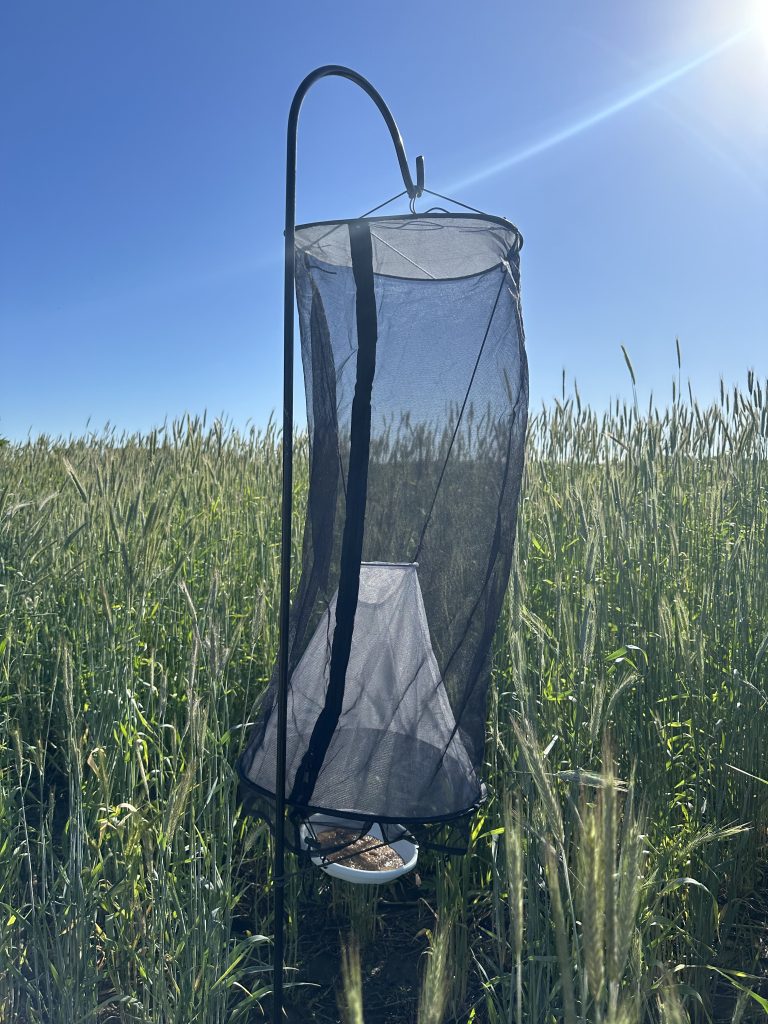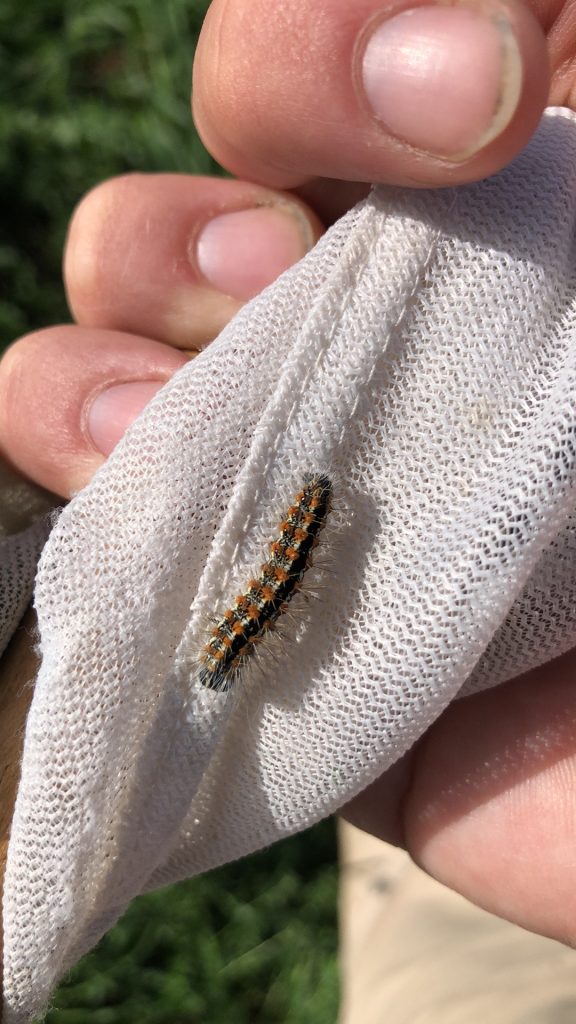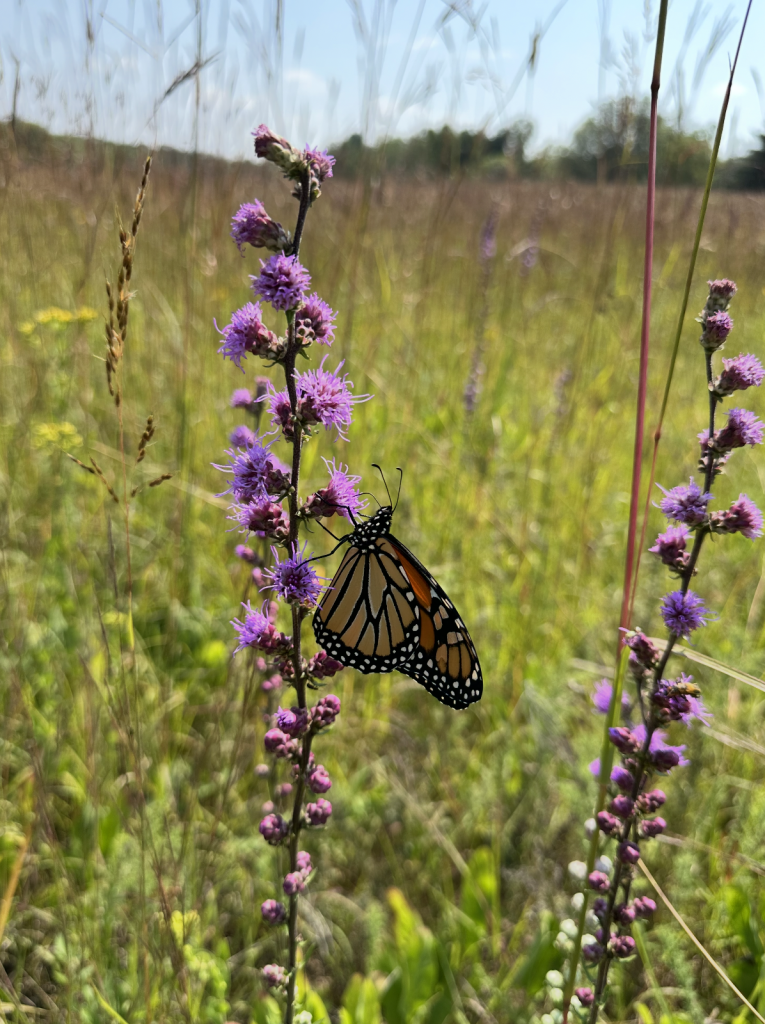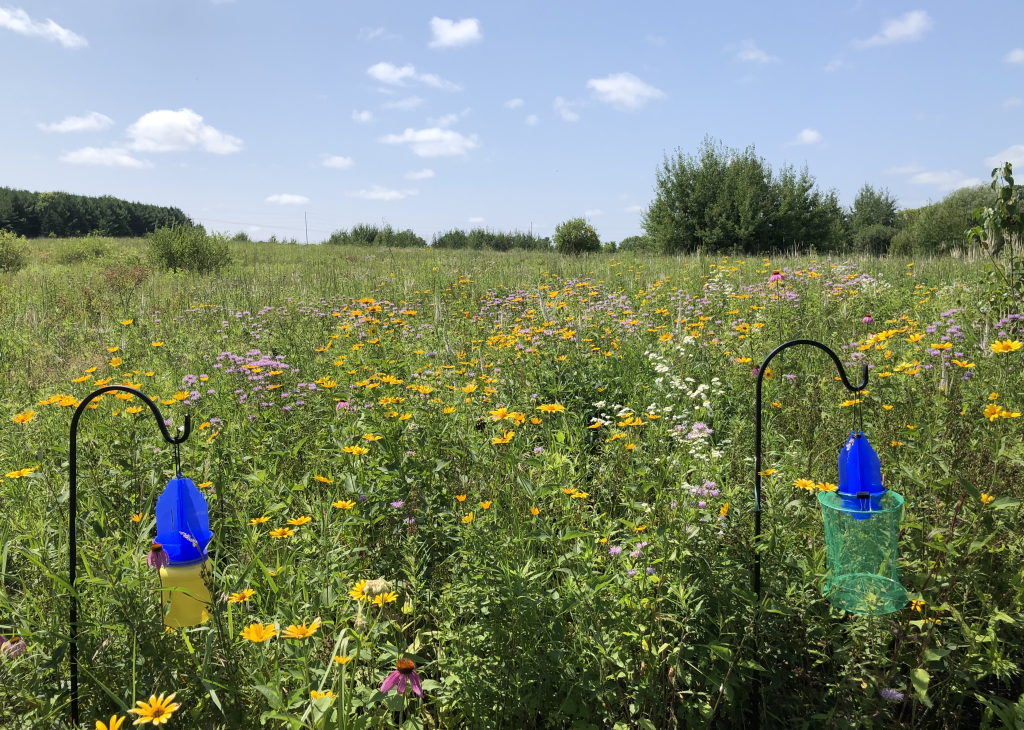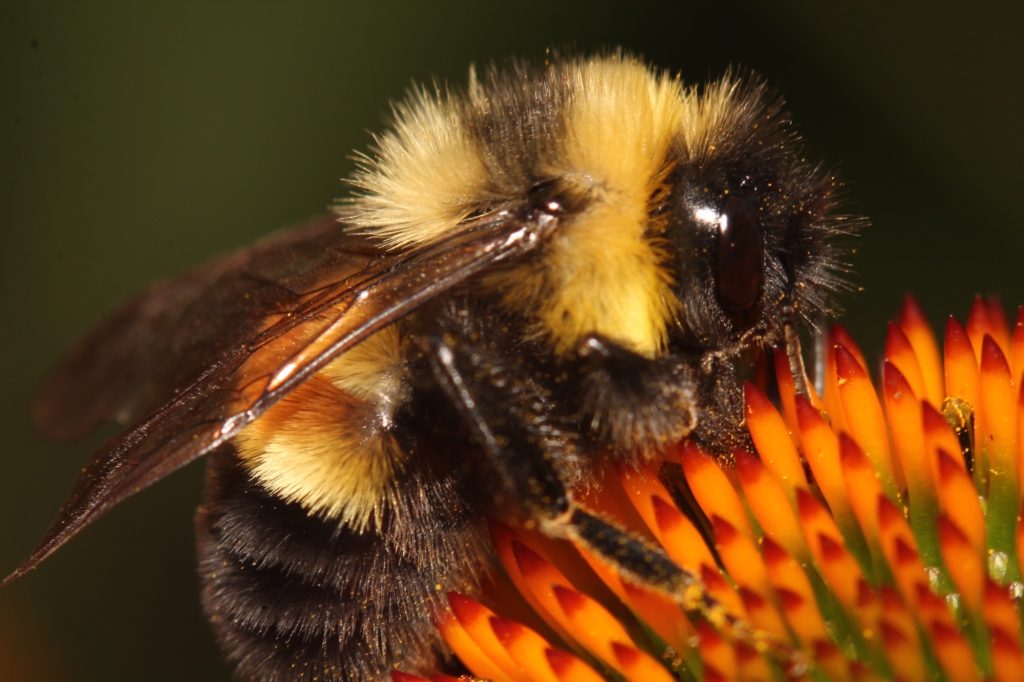Prairie Strips, A Tool for the Farmer’s Conservation Toolbox
Collaborators: Kevyn Juneau, Natasha Rayne, Karuna Chintapenta
Agriculture is one of the pillars of Wisconsin’s economy, bringing in nearly $105 billion annually, in part due to the climate and fertile topsoil; however, Wisconsin isn’t immune to the impacts that intensive agriculture has on natural ecosystems and the services they provide. Of Wisconsin’s original 2.1 million acres of prairie present before Europeans arrived 150 years ago, less than 0.5% remains today. This loss of prairie is apparent and has severely altered the St. Croix watershed. The watershed is in a region that the WDNR classifies as “Western Prairie,” that once consisted of nearly all prairie and oak savanna.
Today, due to land use changes—primarily agriculture and urbanization, now occupying 82% of the land cover—native prairies are all but gone in the region with only miniscule remnants in existence. The prairies that are present are mostly restored and very fragmented. It can be assumed that the ecological function of the prairie system in the region is largely absent.
Despite the progress in conservation practices, fewer than 10% of Wisconsin farmers grow cover crops. This implies that there is a need to investigate and implement conservation practices for the protection of our land and water sources. One practice that is receiving increased attention is growing prairie strips in agricultural fields. In studies conducted at Iowa State, data show that prairie strips significantly decrease the amount of phosphorus going downslope, while soil phosphorus in the strip increases, where it is sequestered rather than potentially ending up in lakes and rivers. Another study reported that there is an average cost savings of $359 per acre because of the strips’ effects on total reduced sediment loss and phosphorous and nitrogen retention. Additionally, decomposition rates of organic matter are generally higher in a diversified landscape due to increased abundance and diversity of detritivores, and it’s been shown that growing prairie strips on cropland does contribute to the soil microbial community and an increase in organic matter incorporated in the soil.
Many Wisconsin farmers grow insect-pollinated crops, such as strawberries and cranberries, so planting prairie strips in fields will also harbor and sustain wild pollinators of these crops; however, important to the local dairy industry, pollinators, such as the Alfalfa leafcutting bee (although not native) and native sweat bees and bumble bees are tremendously important for pollinating forage for dairy cows, such as alfalfa and improving pollination and cross-pollination of soybean. The practice of growing prairie strips in ag. fields is one of the strategies of Integrated Crop Pollination, a concept to improve the pollination of insect pollinated food crops.
At the University of Wisconsin-River Falls, we are currently working with local producers to investigate: 1) how soil microbial diversity, soil nutrients, and insect-pollinator populations in prairie strips compare to restored prairie and crop fields without prairies; 2) how the soil microbial diversity, soil nutrients, and insect-pollinator populations change within the prairie strip over time as the strip establishes; and 3) how the prairie stripes influence these variables in the adjacent crop field.
Although our study continues for another few years, we have already seen the effect that prairie strips have on insect diversity. In the first year that the prairie strips were planted, we immediately see the same species diversity of butterflies that we found in restored prairies in the area (see figures) which is much higher than in corn fields. We are continuing to analyze soil microbes and nutrients and are excited at the already promising results.
